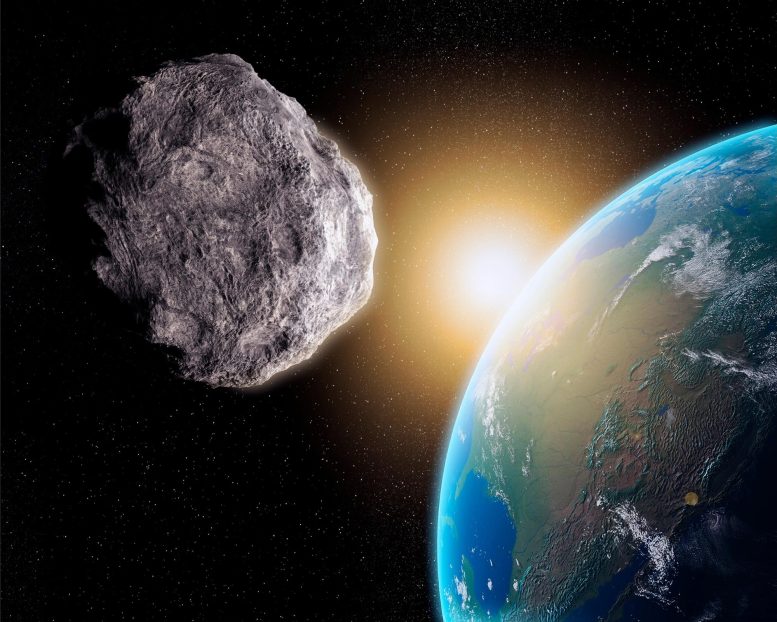
NASA’s CNEOS evaluates and monitors near-Earth asteroids and comets to predict their trajectories and potential impacts, supporting global planetary defense initiatives.
The Center for Near Earth Object Studies (CNEOS), managed at NASA’s Jet Propulsion Laboratory, characterizes orbits, predicts close approaches, and assesses impact hazards of near-Earth objects in support of NASA’s Planetary Defense Coordination Office.
These objects include asteroids and comets that may come close to Earth, with a small subset posing potential hazards due to their size and proximity to Earth’s orbit. CNEOS uses data from global observatories and runs the Sentry and Scout systems to monitor these objects and simulate impact scenarios to enhance defense strategies.
Managed for NASA at the Jet Propulsion Laboratory, the Center for Near Earth Object Studies (CNEOS) accurately characterizes the orbits of all known near-Earth objects, predicts their close approaches with Earth, and makes comprehensive impact hazard assessments in support of the agency’s Planetary Defense Coordination Office at NASA Headquarters in Washington.
Near-Earth objects are asteroids and comets with orbits that bring them to within 120 million miles (195 million kilometers) of the Sun, which means they can circulate through the Earth’s orbital neighborhood. Most near-Earth objects are asteroids that range in size from about 10 feet (a few meters) to nearly 25 miles (40 kilometers) across.
The orbit of each object is computed by finding the elliptical path through space that best fits all the available observations, which often span many orbits over many years or decades. As more observations are made, the accuracy of an object’s orbit improves dramatically, and it becomes possible to predict where an object will be years or even decades into the future – and whether it could come close to Earth.
Did you ever wonder how NASA spots asteroids that maybe getting too close to Earth for comfort? Watch and learn. Find out more about NASA finds, studies and tracks near-Earth objects by visiting https://www.nasa.gov/planetarydefense. Credit: NASA/JPL-Caltech
Impact Risk Assessment by CNEOS
The majority of near-Earth objects have orbits that don’t bring them very close to Earth, and therefore pose no risk of impact, but a small fraction of them – called potentially hazardous asteroids – require more attention. These objects are defined as asteroids that are more than about 460 feet (140 meters) in size with orbits that bring them as close as within 4.6 million miles (7.5 million kilometers) of Earth’s orbit around the Sun. CNEOS continuously monitors all known near-Earth objects to assess any impact risk they may pose.
The orbital positions of near-Earth objects come from the databases of the Minor Planet Center, the internationally recognized clearinghouse for small-body position measurements. This data is collected by observatories around the world, including significant contributions from amateur observers. The vast majority of asteroid-tracking data, however, is collected by large NASA-funded observatories (such as Pan-STARRS, the Catalina Sky Survey, NASA’s NEOWISE mission and, in the future, NEO Surveyor). Planetary radar projects (including JPL’s Goldstone Solar System Radar Group) are another key component of NASA’s NEO Observations Program.
The Center for Near-Earth Object Studies is home of the Sentry impact-monitoring system, which continuously performs long-term analyses of possible future orbits of hazardous asteroids. There is currently no known significant threat of impact for the next hundred years or more. The Center also maintains the Scout system that continually monitors brand-new potential near-Earth object detections, even before they have been confirmed as new discoveries, to see whether any of these generally very small asteroids might pose a threat of short-term (possibly imminent) impact.
Enhancing Planetary Defense
CNEOS also supports NASA’s planetary defense efforts by leading hypothetical impact exercises to help educate national and international space and disaster response agencies on the issues they would face in an actual asteroid impact scenario. The exercises inform scientists and key decision-makers as to the warning systems and impact mitigation strategies that could be employed in the event a threatening object is identified.
More information about near-Earth objects: For more information about the Center for Near-Earth Object Studies and to access close approach and impact-risk data for all known near-Earth objects, see: https://cneos.jpl.nasa.gov/





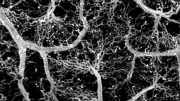
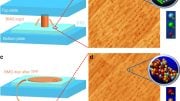
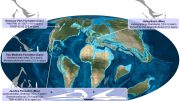
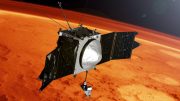
Be the first to comment on "NASA Asteroid Watch: Keeping an Eye on Near-Earth Objects"